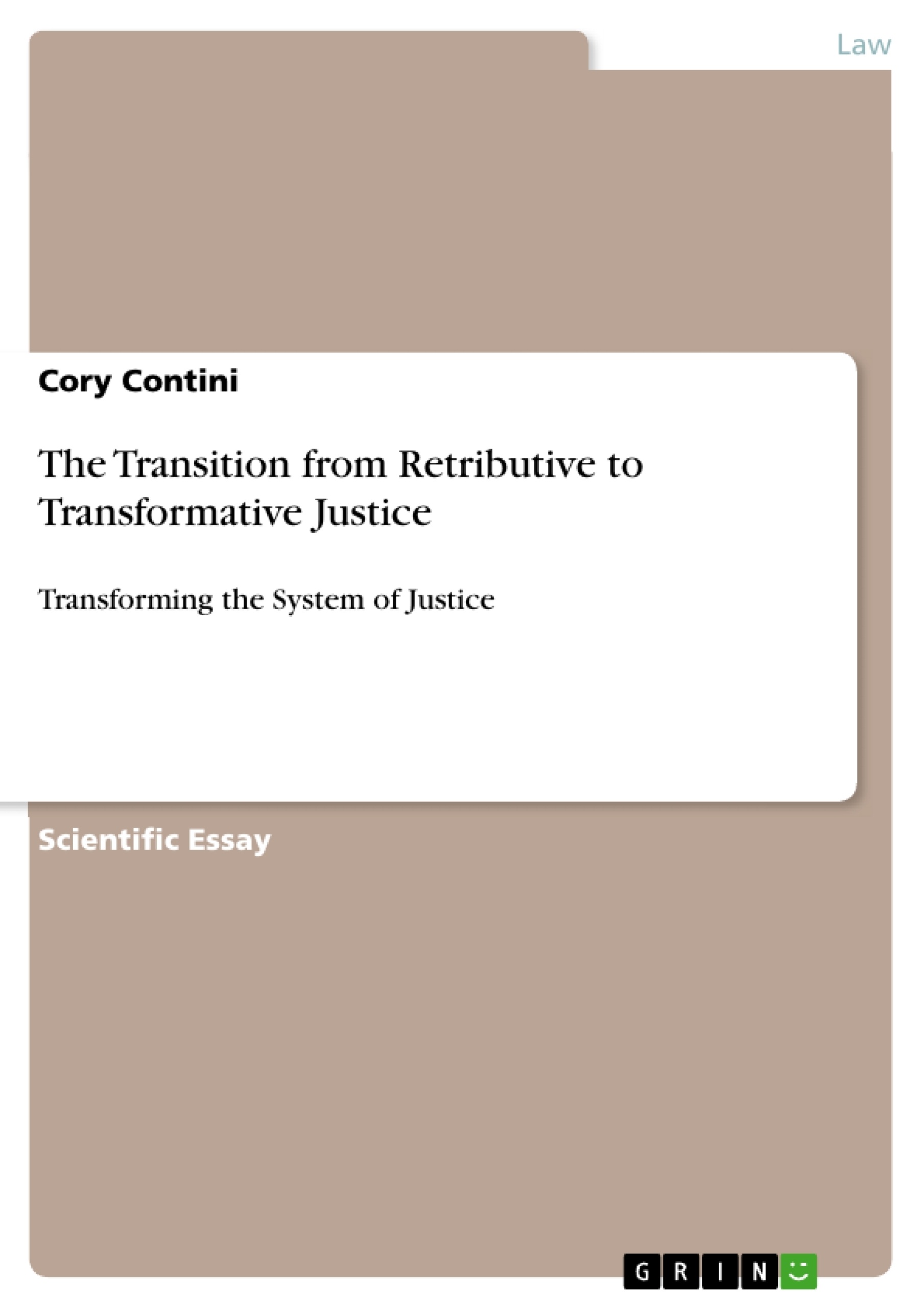Crime has long been a stable term with a finite definition, but many modern reforms attack the foundation of retributive justice. Following two incidents of children killing children, this paper will examine various arguments made by Nils Christie (2000) and Louk Hulsman (1986) in regards to crime.
This paper will describe and analyse the public and political responses to two notorious cases of the killing of children by children, one in England and one in Norway. Using the works of Christie (2000) and Hulsman (1986), I will present the ways in which the cases were discussed as symptomatic of wider social problems, and how differently England and Norway acted, ultimately portraying their respective juvenile criminal justice system.
This paper will examine both the similarities and the differences in the reactions to the killings in England and Norway, arguing that while the similarities may be more obvious the differences may be more instructive. On the surface, both seem like similar cases but because of the different geographical locations, they were handled quite differently. This sets up the context of penological arguments about the emergence of a postmodern penality. To start, one must understand the basis of Christie's (2000) and Hulsman's (1986) theories respectively. Nils Christie (2000) argues that a nation's extent and level of punishment is a normative question. In criminology, the term normative defines the structures within culture which help regulate the proper function of society. These structures encourage and enforce valued social activity and discourage negative acts. Punishment is normative because crime control executives and decision-makers are both free and obliged to choose how far punishment will go. The argument Christie (2000) raises is that contemporary crime control values the prison-industrial complex (expansion, big business, and continued incarceration) because society fears any alternative.
Table of Contents
- Introduction
- Theories of Crime and Punishment
- Nils Christie: The Normative Question of Punishment
- Louk Hulsman: Ontological Critique of Crime
- Case Studies: England and Norway
- The James Bulger Case
- The Silje Raedergard Case
- Restorative Justice: A Critical Perspective
- The Problem of Restorative Justice
- Language and Concepts in Restorative Justice
Objectives and Key Themes
This paper examines the transition from retributive to transformative justice through an analysis of two cases involving children killing children, one in England and one in Norway. The paper aims to explore how these cases were discussed as symptomatic of wider social problems, how different jurisdictions responded, and ultimately how the respective juvenile criminal justice systems were portrayed. The key themes explored include:- The normative question of punishment and the influence of the prison-industrial complex
- The ontological critique of crime and the role of social constructs
- The application of restorative justice principles in dealing with child offenders
- The role of community and joint moral responsibility in shaping criminal justice responses
- The limitations and potential problems with the current development of restorative justice models
Chapter Summaries
The paper begins by outlining the theories of Nils Christie and Louk Hulsman, who argue that crime is not an objective reality but rather a social construct. Christie emphasizes the normative question of punishment and how the prison-industrial complex shapes crime control policies. Hulsman critiques the concept of crime itself, suggesting that it is a product of criminal policy and not an inherent quality.
The paper then presents two case studies: the James Bulger case in England and the Silje Raedergard case in Norway. Both cases involve children killing children, but the responses of the respective jurisdictions differed significantly. The paper analyzes these differences in light of Christie and Hulsman's theories, highlighting the role of community values and moral responsibility in shaping criminal justice responses.
Finally, the paper examines the concept of restorative justice and critiques it from an abolitionist perspective. The paper argues that while restorative justice aims to address the needs of victims, offenders, and communities, it faces challenges in defining its scope and ensuring that its principles are applied effectively.
Keywords
This paper explores key concepts in criminal justice theory and practice, focusing on themes of retributive and transformative justice, the social construction of crime, the role of community in shaping criminal justice responses, and the challenges and limitations of restorative justice models. The paper draws on the work of prominent scholars such as Nils Christie and Louk Hulsman and examines specific case studies from England and Norway to illustrate its arguments.- Quote paper
- Cory Contini (Author), 2009, The Transition from Retributive to Transformative Justice, Munich, GRIN Verlag, https://www.grin.com/document/230619




